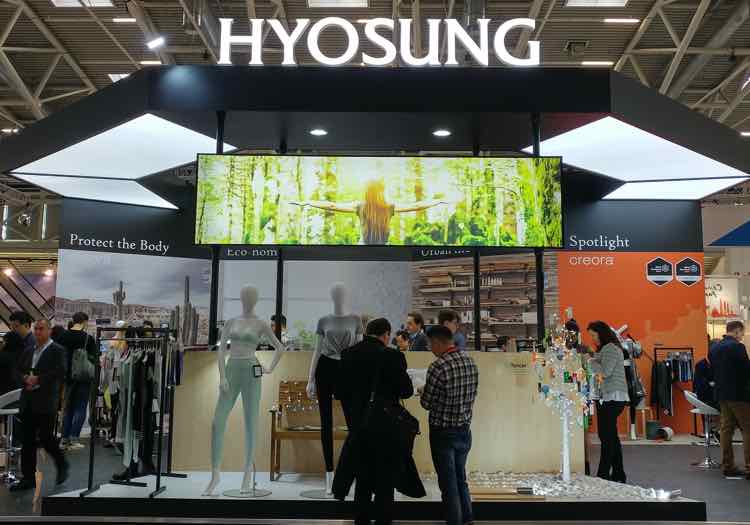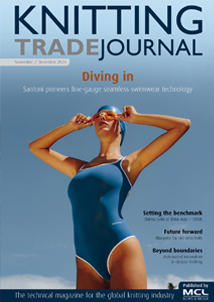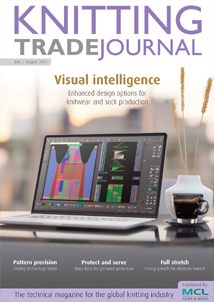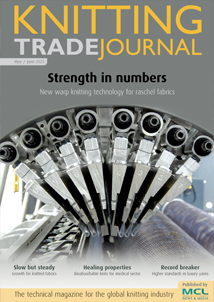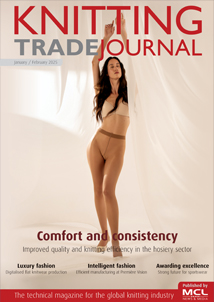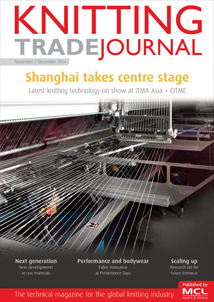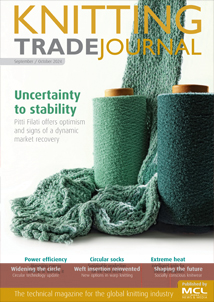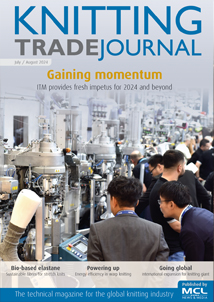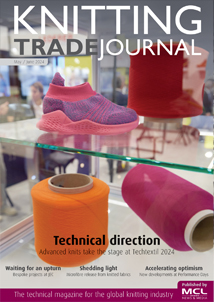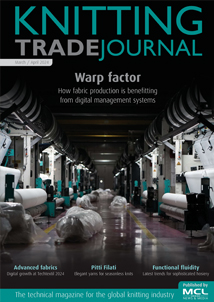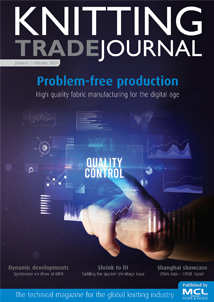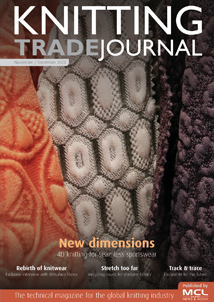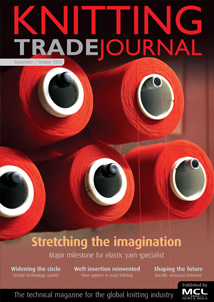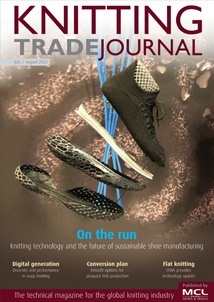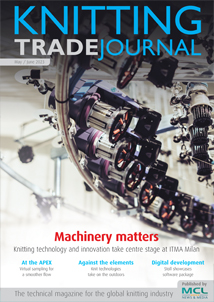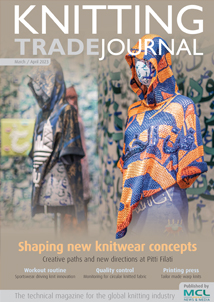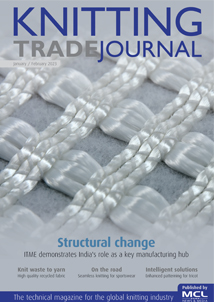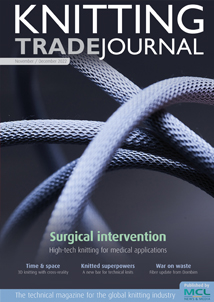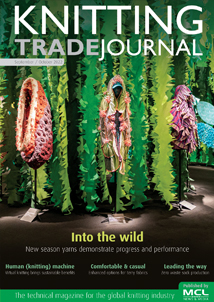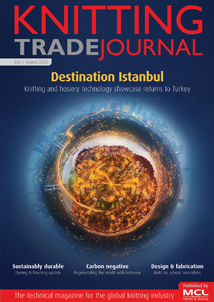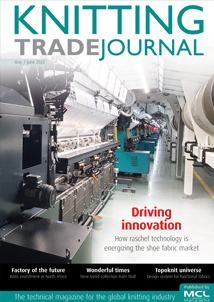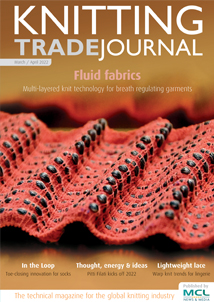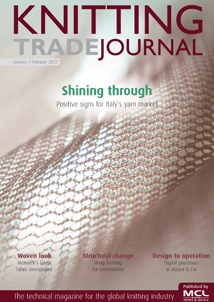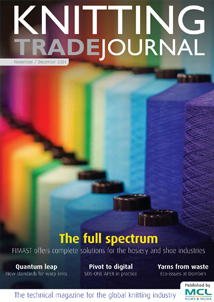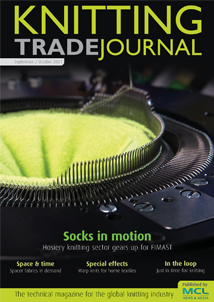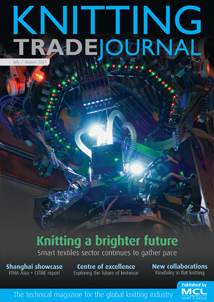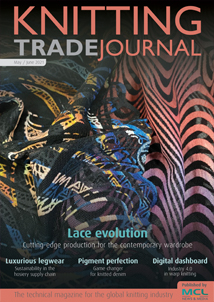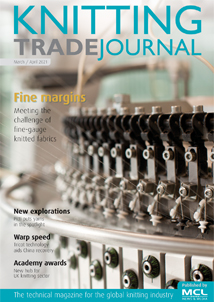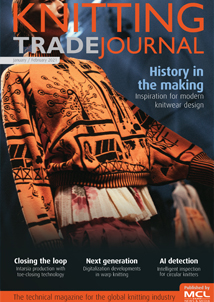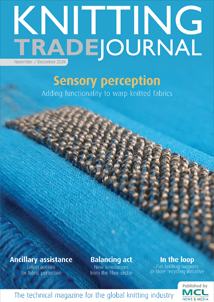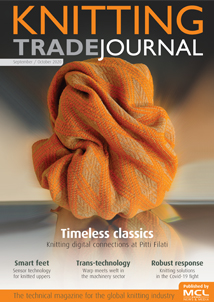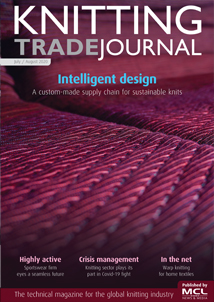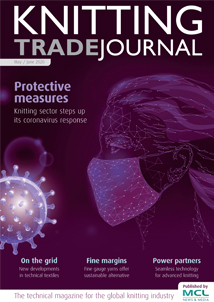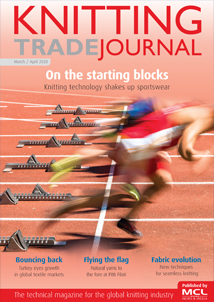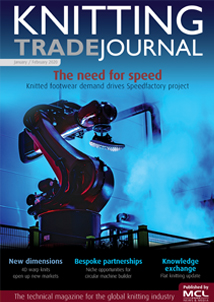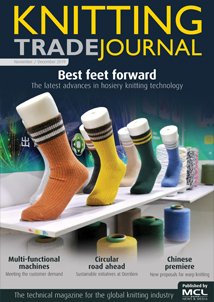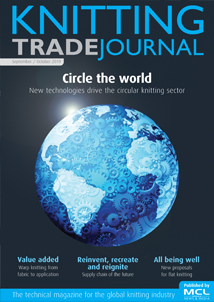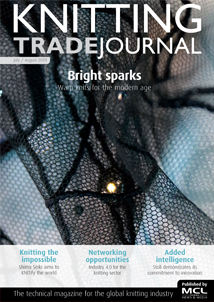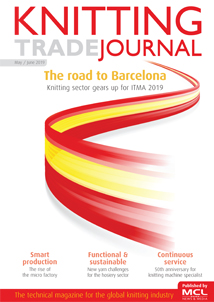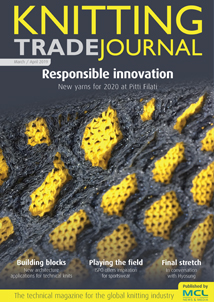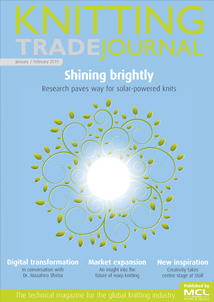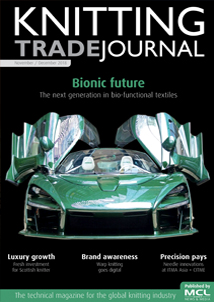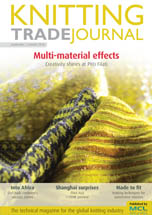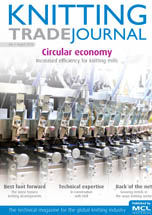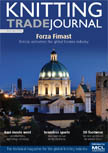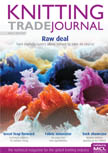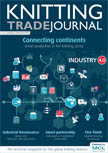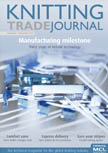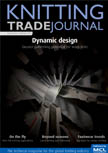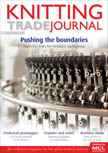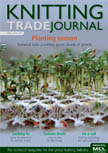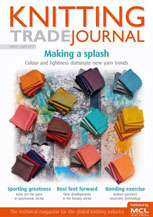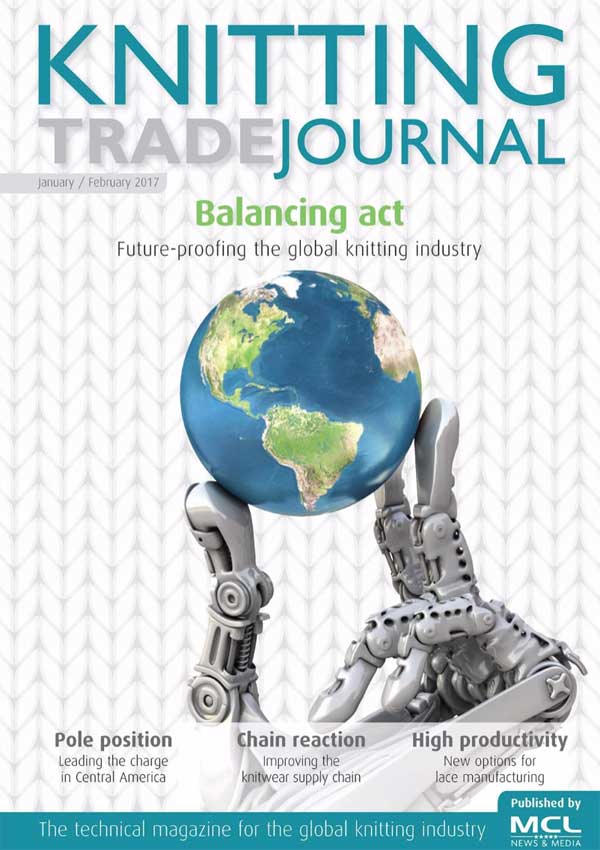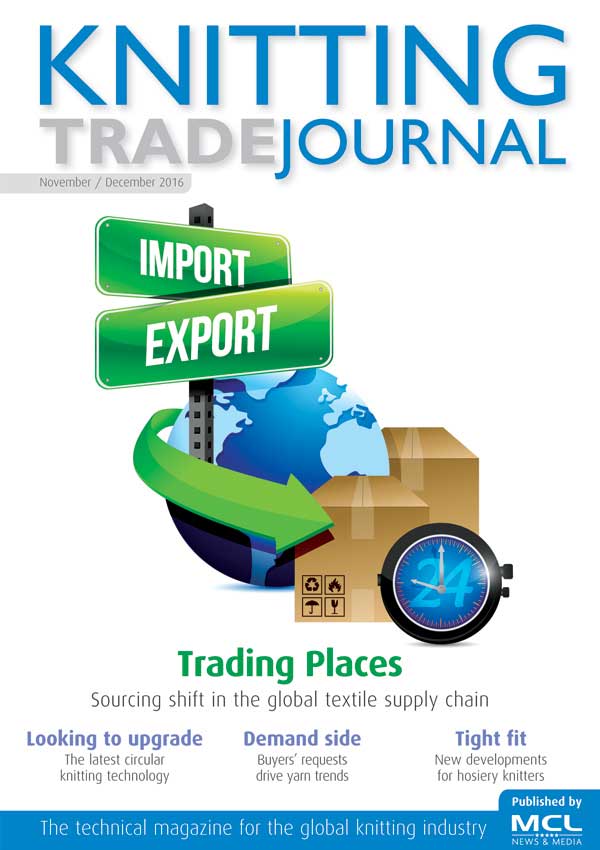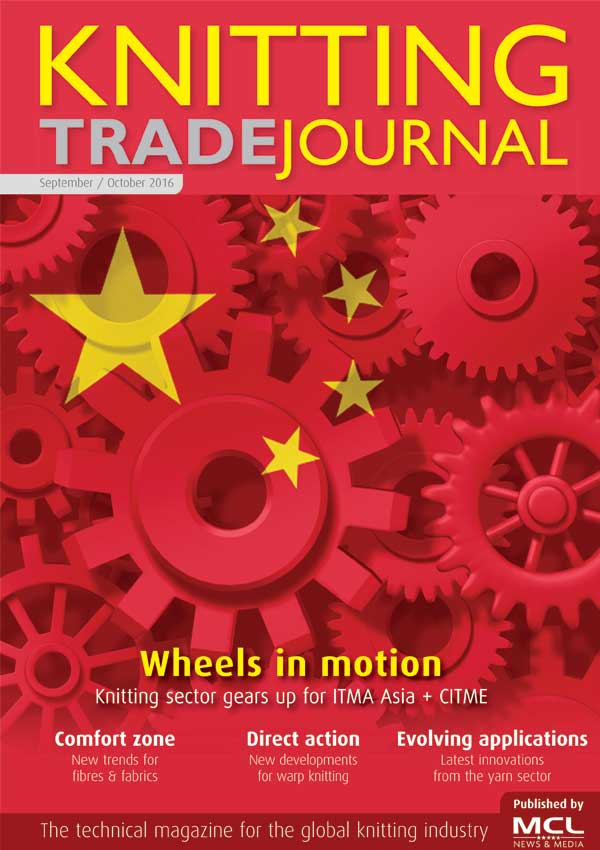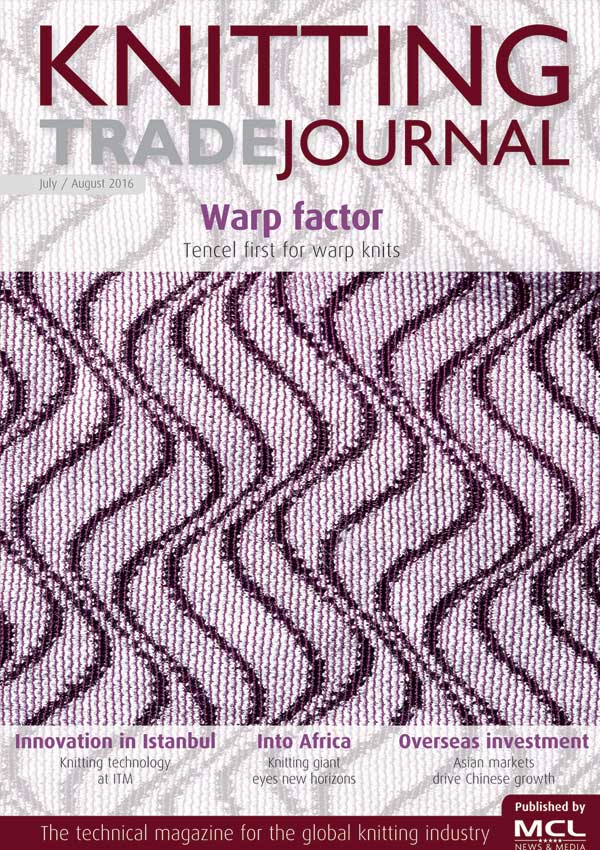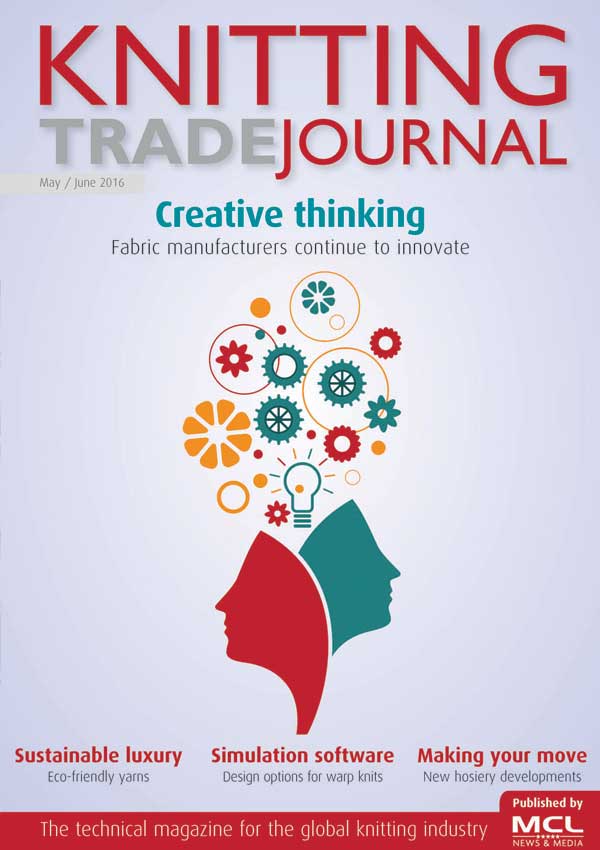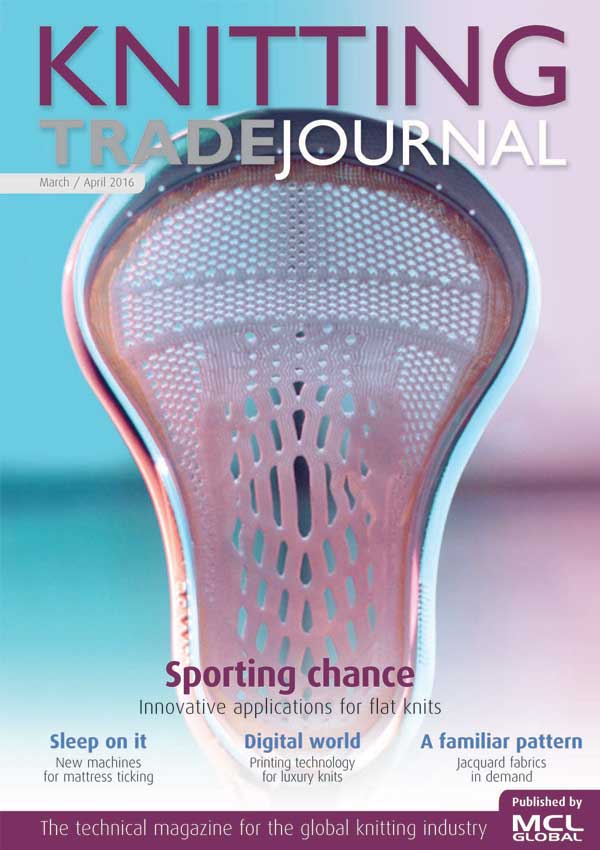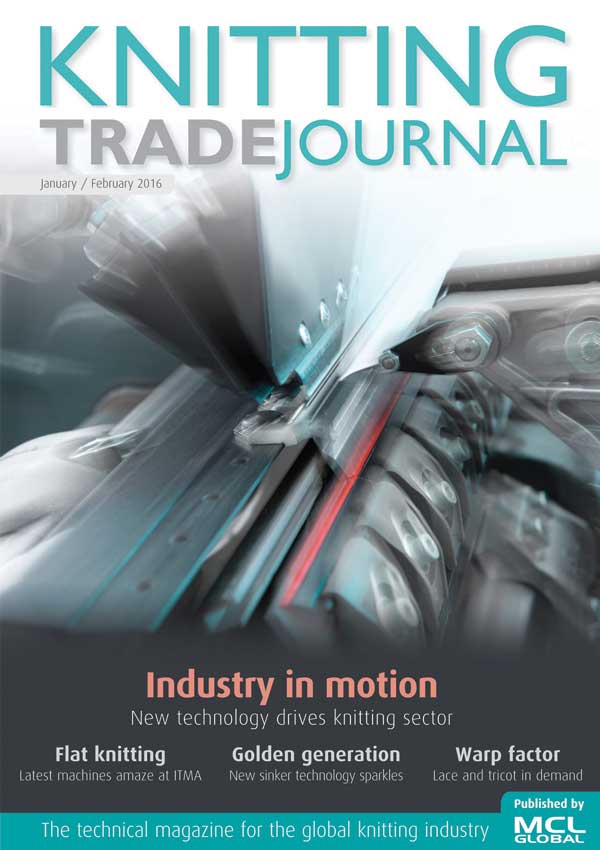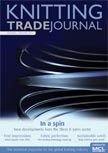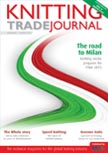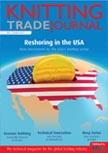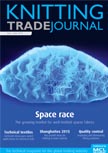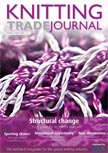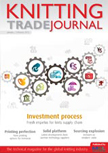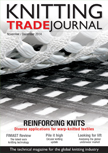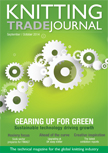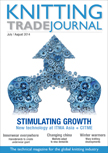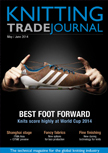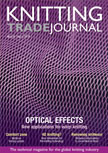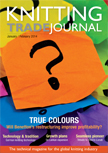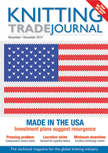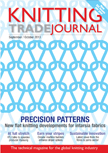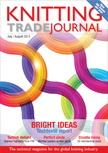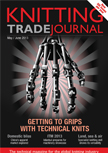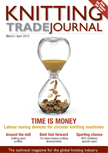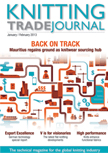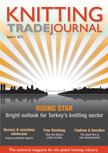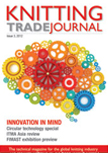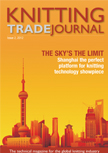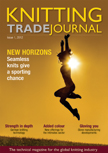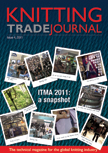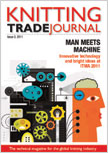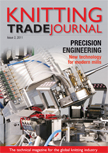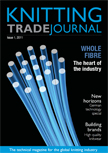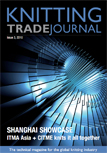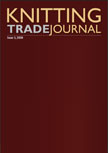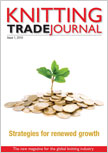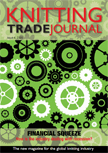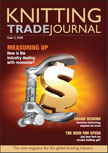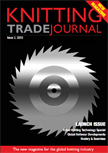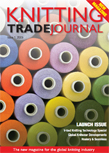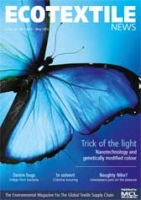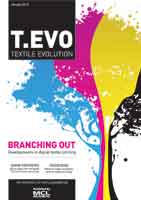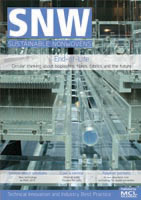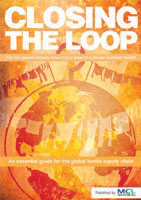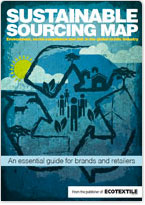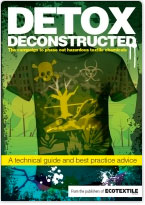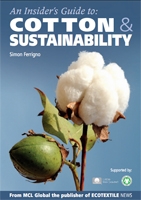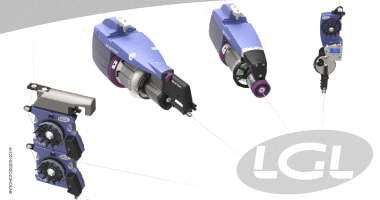Knitting Trade Journal talks to Mike Simko, Global Marketing Director, Hyosung, about the issues currently surrounding the elastane sector and range of options the company currently offers its customers.
Knitting Trade Journal: Can you outline the global trend for overall elastane production over the last few years ie. increases/decreases in production?
Mike Simko: Considering that the entire textile market is growing at 3-4%, it is remarkable that the elastane market has been steadily growing at 6-7%. As the lines separating traditional end-uses are becoming blurred, we continue to see the stretch and recovery that has traditionally be valued in the more active markets, are moving into the more every day and ready to wear markets.

KTJ: How does Hyosung’s strategic growth reflect this? ie. do the increases in the company’s creora capacity reflect where the current growth is and where it is likely to take place in the future?
MS: Hyosung has been committed to the elastane market with its creora brand since 1992. Over that time period we have built production facilities and made significant expansions in Korea, China, Brazil, Turkey, and Vietnam. Our latest production facility in Auric, India will be up and running this year. Over the past 5 years we have been expanding our capacity by about 30,000 tons per year.
KTJ: Are there plans for further growth in capacity and if so, where?
MS: Hyosung is increasing its creora elastane capacity through major investments in developing countries, including China, Vietnam and India. We also have plans at our creora elastane plants in Brazil and Turkey to invest in projects to steadily grow capacity for those local markets.
KTJ: Which fibre attributes ie. improved comfort, fit and performance, do Hyosung’s customers most look for?
MS: When we think about innovation products, we think about that in the context of consumer value. In yoga tights brands want richer colors in their fabric and avoid the grin through that can be associated with thin, cheap fabrics. So we are being asked for creora Black elastane and creora Color+ elastane to improve the quality of these garments. In activewear, the consumer wants more than just moisture management so we have developed Mipan Aqua-x and Askin to give cool-to-touch, evaporative cooling, and quick drying all in on product. And our customers want the full package. They need consistent quality, fast delivery, and reasonable pricing.
KTJ: You recently announced a collaboration with Lenzing based on sustainable fabrics. How much emphasis does Hyosung give to factors such as sustainability and do you see this as an ongoing trend?
MS: Of course sustainability will touch everything. How do we save water and energy? Is it better to recycle garments or have them biodegrade? Will petroleum still be the major raw material for synthetics or will bio-derived take a significant share? The answers to these questions are not yet clear, but what is clear is that Hyosung will play a major role in providing these solutions and work with industry leaders like Lenzing shows our leadership here. While we currently have a portfolio of sustainability solutions with recycled Mipan regen nylon and regen polyester, energy saving products like lower heat setting creora EcoSoft elastane, and water saving options with creora Black elastane, we are also looking into the future. Hyosung is working with industry leaders in key market segment to commercialize recycled creora elastane, biodegradable alternatives, and biomass options produced from renewable resources.
KTJ: Which market sectors, such as hosiery or sportswear for example, have potential for further growth for creora?
MS: Hyosung has historically focused on the traditional stretch markets such as activewear, intimate apparel, and legwear. In the last year we have invested significantly in our Global Brand Marketing team, which has allowed us to not only improve our creora elastane position in these traditional markets, but also allow us to expand in less traditional stretch markets like denim and outerwear.
KTJ: As applications and fields of use broaden for elastane, how will creora continue to work to gain market share and differentiate itself from the competition?
MS: As mentioned before we will be making significant investments in plant and equipment, but we will also be investing in our people to cover this broadening use of creora elastane, and in our development efforts to provide innovation to the market.
KTJ: How do you see the market developing over the next five years in terms of regions and technological advances?
MS: First with respect to regions, there are trends for local supply. In Asia one of the buzz phrases is China for China, effectively consuming more of its own production; that will continue as Chinese consumers continue to want more and better. And we specifically expect the outdoor market to strengthen as we move closer to the 2022 Beijing Winter Olympics. In North American, the phase is near-sourcing, taking advantage of supply within the hemisphere to reduce inventory risk and working capital; looking at the entire cost structure.
For technical advances, the only certainty is that the market will be dramatically different than it is today. Apparel in general is being asked to do more. Functional fibres moving beyond activewear into casual wear and intimates. What we think of traditional apparel categories are now blurred.
KTJ: What are the challenges that the industry is likely to face during this period?
MS: Shifts in the sourcing chain as we discussed in China-for-China and Near Sourcing in North America. More visibility and cooperation within the value chain. The days are over where a fibre producer sells to a fabric mill who sells to a garment producer, etc. The successful companies will set up the most efficient value chain by working in a cooperative way with a high degree of transparency.
And Economic issues in major regions; slowing and changing economies in places like China. Also, disruptive trade flows with Brexit and protests in countries like France and socio-political upheavals in places like Central and South America.



